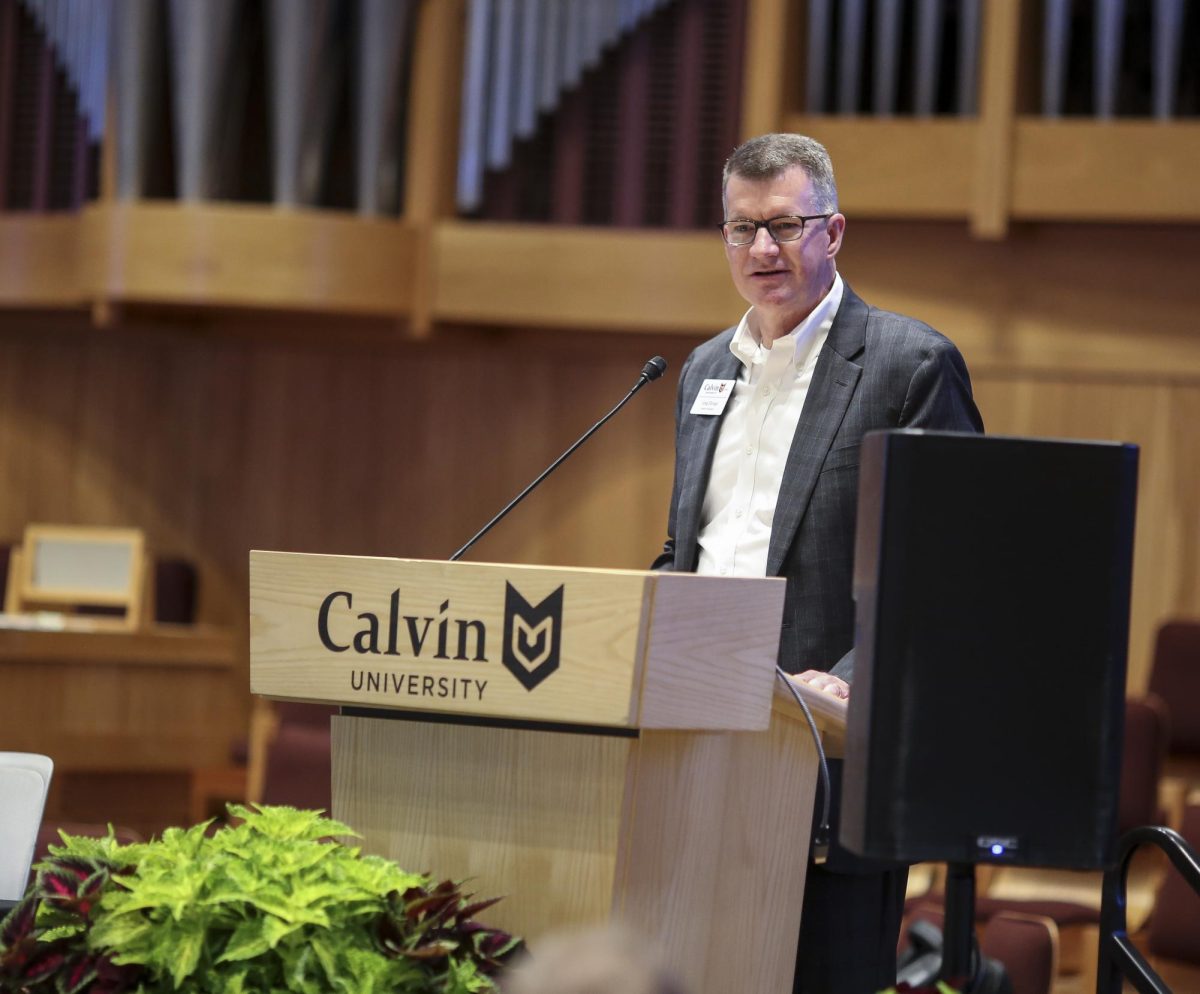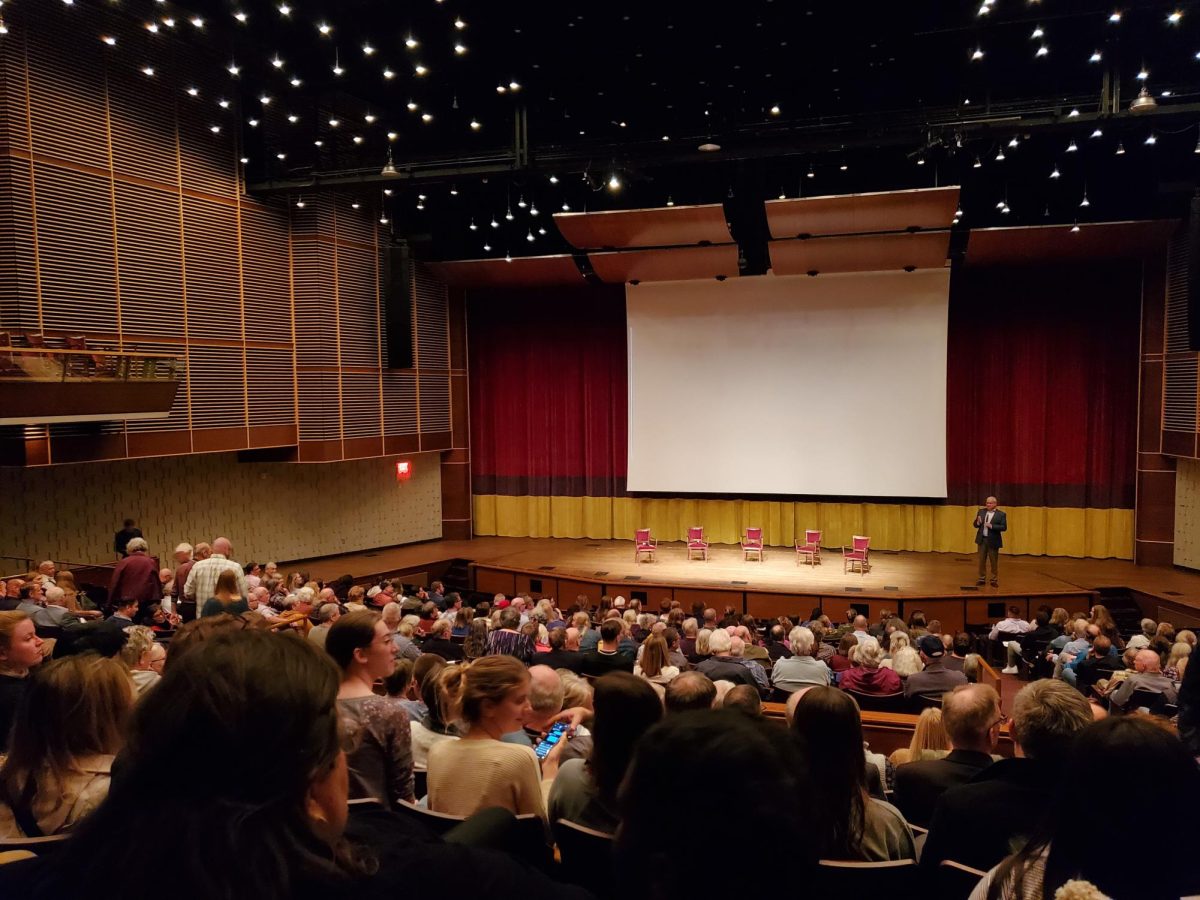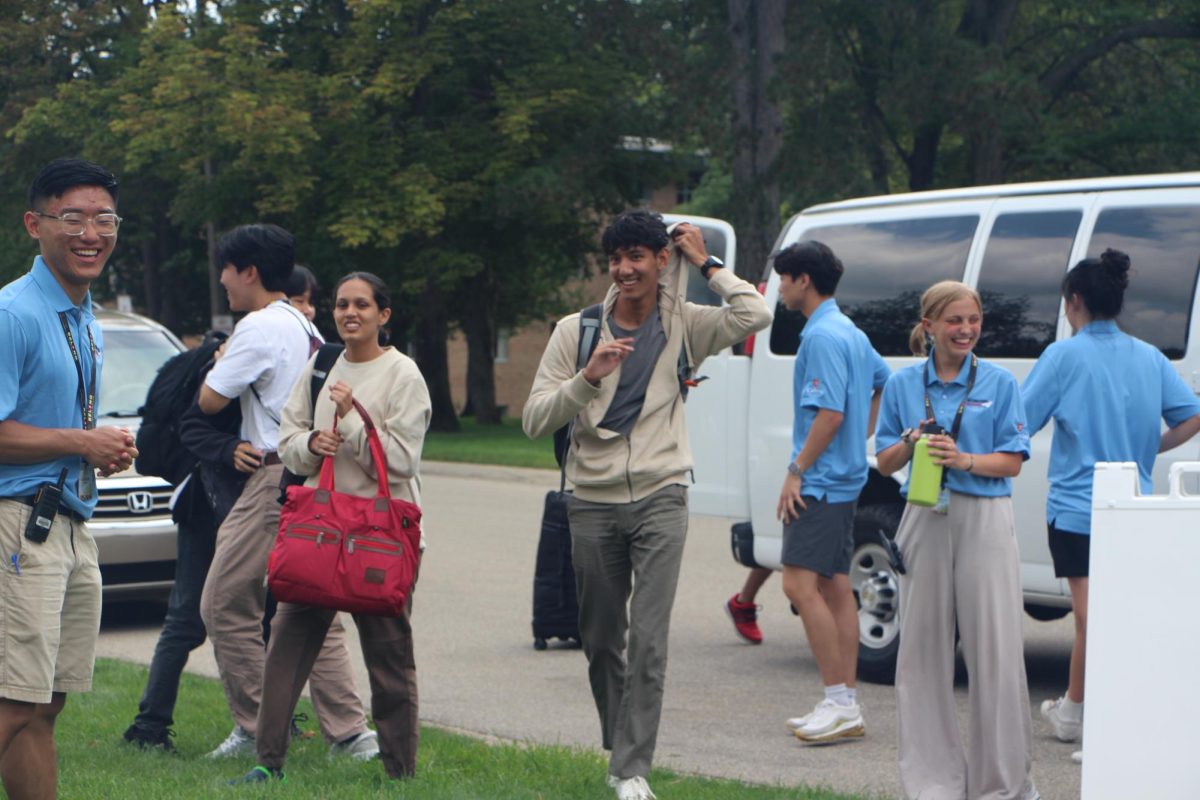As a city in an abnormal position, Detroit is beginning to find abnormal (and wonderful) solutions. It is not only its financial structure that puts Detroit in a different category of dwelling, but also it is how the actual physical structure of the city was initially designed. Architecturally shaped by major car companies, the public transit of Detroit is unsurprisingly lacking.
Much like the General Motors streetcar conspiracy reported in other cities around the United States (an event in which GM bought the streetcar companies of various cities and discarded of them in an effort to monopolize city travel), Detroit is a city in which private vehicles were, and still are, the main transportation.
While this kind of transportation could be sustained in a prosperous city, it is clear that Detroit, for better or worse, is no longer what it once was. With the massive exodus from the city, Detroit is now inhabited by two-thirds of its intended population. It is now not only the architecture that has changed, but also the habits of the population. When we ask what these new habits look like, there is an answer.
It looks something like Cargotecture.
An architecture project forwarded by Shel Kimen of the Collision Works Project of Detroit has partnered with the Eastern Market Corporation in an effort to build a hotel comprised solely of docking shipping containers. Currently a prototype container of the hotel is raising funds through Kickstarter and is scheduled to finish their fundraising by next week.
If the prototype is well received, Collision works and the Eastern Market Corporation will attempt to go ahead with the fully realized plan of a 36 room hotel which will also serve as a public events space for both residents and visitors of Detroit. With all of the building details out of the way now, we can look at the actions Collision Works is taking as ones that are distinctly representative of Detroit.
Sponsored by the Eastern Market Corporation, Collision Works represents one of the many urban islands around Detroit. Like many other large cities, Detroit is divided into a myriad of different neighborhoods. Detroit, however, is different in the degrees in which these neighborhoods are divided.
Unlike other cities, which have people and decent public transportation systems to fill the androgynous gaps, Detroit neighborhoods operate as a series of socially independent islands. Just as the Eastern Market neighborhood is separated from the city by empty streets and houses, so is the rest of the city (i.e. Corktown, Greektown, Upper Woodward, Cass District, etc.) In this architecture however, Detroit is becoming a new city.
Instead of a cohesive whole, many of these “islands” act as their own landmarks. While all are still loyal to their mother city Detroit, neighborhoods like Eastern Market are building themselves in architecturally unique structures like the Collision Works. Indeed, Detroit architecture, like the Collisions Works, is increasingly serving as community oriented work spaces.
As Collision Works conforms to the social architecture of Detroit, the space and Shel Kimen invites the community to tell its stories saying, “The sooner you can invite people into the process the better. Now is a great time to collaborate with the community to create quality programming and creative experiences around storytelling. What we learn here we will take with us to the hotel.”
In Detroit fashion, the hotel will serve to tell the stories of the Eastern Market workers, lead oral history projects about the Eastern Market neighborhood, and showcase local Detroit artists and their reasons for staying in the city. And while community is not a virtue that is specific to Detroit, it is a virtue that is often elevated in the city.
Community is increasingly being built into the architecture of the renewing city and shaped positively by what had initially destroyed the city. Maybe Detroit can never return to what it once used to be, but this does not have to be a bad thing. Detroit now has the opportunity to become something new and, possibly after hard work, something stronger.








